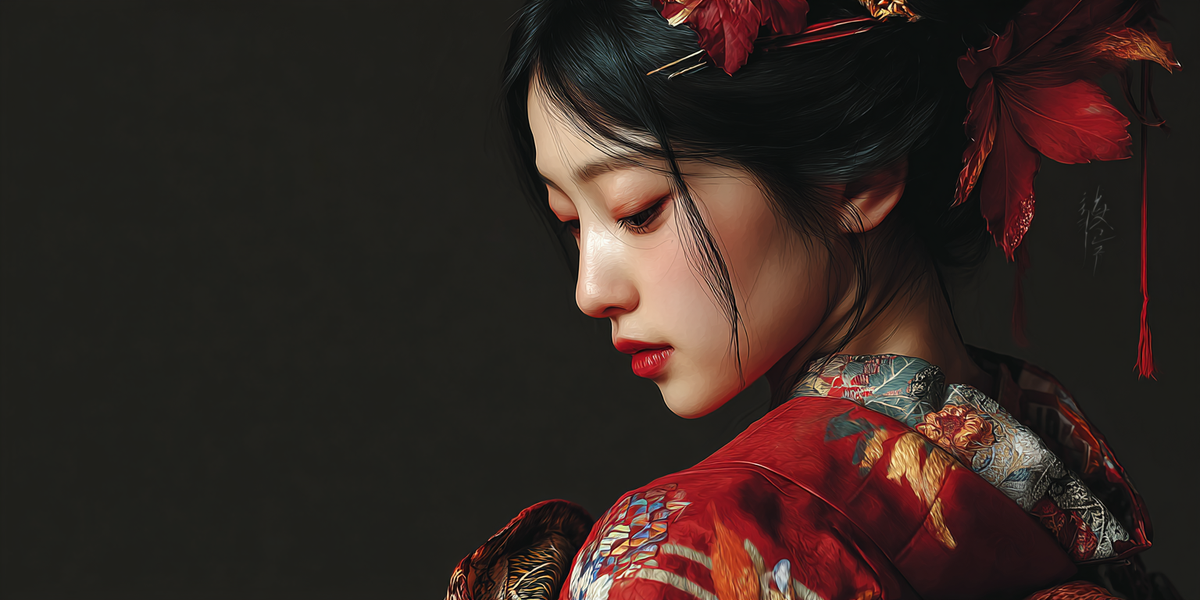At first glance, beauty seems obvious: we “know it when we see it.” Look closer and it dissolves into taste, culture, and context. Yet people reliably experience certain individuals as especially compelling. This essay separates outward beauty from inner beauty and then reunites them under a more useful idea: attractiveness as relational energy—the observable effect a person has on others.
Perception before essence
Physical beauty is not an objective property like mass; it’s a perception shaped by learning and expectation. What a society normalizes—skin tone, figure, grooming, clothing, even posture—primes the eye. Media exposure, family models, and peer feedback set the baseline; novelty can heighten appeal by contrast. Hence why one person praises the “luminous skin” common in sun-protective cultures and another is struck by the “majestic presence” of darker skin radiantly presented. Neither is wrong; each is seeing through a cultural lens.
Presentation as a force multiplier
“Presentation” is not superficial trivia; it’s how form is framed. Grooming, wardrobe, movement quality, lighting and photography, and everyday care—especially sun protection—strongly influence judgments of skin and facial “freshness.” A culture that normalizes shade, sunscreen, and restrained base makeup will produce, on average, complexions perceived as even and “natural.” In cosmopolitan settings (Paris, New York), stylistic range and polish can make a city feel unusually “beautiful,” regardless of any single ancestry profile.
Baseline, not destiny
Genetic variation sets baselines—pigmentation patterning, hair structure, eye shape, bone proportions—but it does not fix attractiveness. Texture, evenness, and signs of vitality respond powerfully to environment and care: sleep, stress, nutrition, UV exposure, and inflammation. Different populations age differently (e.g., later wrinkling but earlier hyperpigmentation patterns in some groups), yet daily habits often outweigh inherited tendencies. “Great skin” is less a birthright than a long-run behavior.
Health cues and honest signals
Across cultures, people intuit health cues: clear eyes, hydrated skin, coordinated movement, and the easy energy of being well-rested. These are “honest signals” because they’re hard to fake over time; they summarize recovery capacity and low systemic inflammation. Youth frequently expresses these cues, but youth is only one route to them. Many older individuals present robust health signals through discipline, joy, and composure—and are read as deeply attractive even without textbook symmetry.
The beauty of energy
Here we cross the hinge between appearance and presence. Ancient traditions already linked external form to inner life: Greek thought moved from kallos (surface beauty) toward kalokagathia (harmony of beauty and goodness), while Indian frameworks speak of tejas and ojas—radiance and vital essence that shine outward as steadiness, warmth, and clarity. In these views, what captivates is less geometry than emanation.
Attractiveness as relational energy
Call attractiveness the net positive effect a person’s presence has on others. It’s observable: people orient toward them, feel at ease or enlivened, and want more contact. This effect integrates outward signals (health, composure, grooming) with inner ones (joy, generosity, courage, humility). Someone with “imperfect” features can be powerfully attractive if their energy is coherent and nourishing; conversely, flawless features can leave a person oddly inert if their affect is brittle, anxious, or self-absorbed.
The role of virtue and character
Traits like kindness, good humor, steadiness under pressure, and genuine piety or purpose are not cosmetic add-ons; they reorganize how we read a face and body. Smiles travel through the eyes, posture aligns with confidence, and speech cadence communicates care or contempt. Maternal (or paternal) tenderness, for example, is attractive not because of a fetish for roles but because it signals reliability, attention, and safety—deep mammalian needs. Character converts momentary beauty into durable magnetism.
Desire, status, and gendered attention
Men and women often scan for different cues, shaped by both biology and socialization. Many men prioritize youth and vigor in women; many men evaluate other men through status-laden appearance (dress, bearing, markers of competence). Yet both sexes readily perceive and are moved by inner energy—joy, confidence, compassion—and recalibrate when those qualities are vividly present. Preference is real; it’s also plastic.
Cosmopolitan diversity and the “averageness” effect
Large, diverse populations generate a wide range of phenotypes and style codes. Faces closer to a local population mean (“averageness”) are often rated as attractive; so are highly symmetric faces. But cosmopolitan scenes also broaden taste by regularizing many “means” at once, and by showcasing striking niche styles. The result is not a single hierarchy but a richer menu—and more chances for inner energy to shine through.
Bias and responsibility
Any honest account must note colorism and inherited beauty hierarchies. They shape industries, casting, and memory. Personal taste is not a moral fault, but we can audit our inputs and broaden our gaze. Exposure expands empathy and, in time, shifts what looks “normal,” “elegant,” or “majestic.”
Putting it together
Outward beauty is contingent and malleable—largely presentation and care. Inner beauty is the felt coherence of joy, strength, confidence, compassion, humility. Attractiveness is where they meet in other people’s nervous systems: a relational phenomenon measured by the uplift, ease, and engagement a person elicits. In that sense, attractiveness is more “objective” than beauty because it’s about effects, not ideals.
Practical implications
Protect and present: sleep, nutrition, movement, UV care, and simple, consistent grooming outperform hacks.
Cultivate energy: practices that raise baseline vitality—good work, service, devotion, play, friendship—quietly restructure posture, eyes, and voice.
Lead with character: kindness, humor, reliability, and courage are visible at conversational distance.
Widen the lens: vary the images and people you pay attention to; taste grows with contact.
A living current...
Beauty is a shifting picture; attractiveness is a living current. When outward care frames inward quality, the result is compelling without effort: people feel seen, safe, and energized. That is the kind of “objective” attractiveness worth aspiring to—one that feeds those around us.


Member discussion: